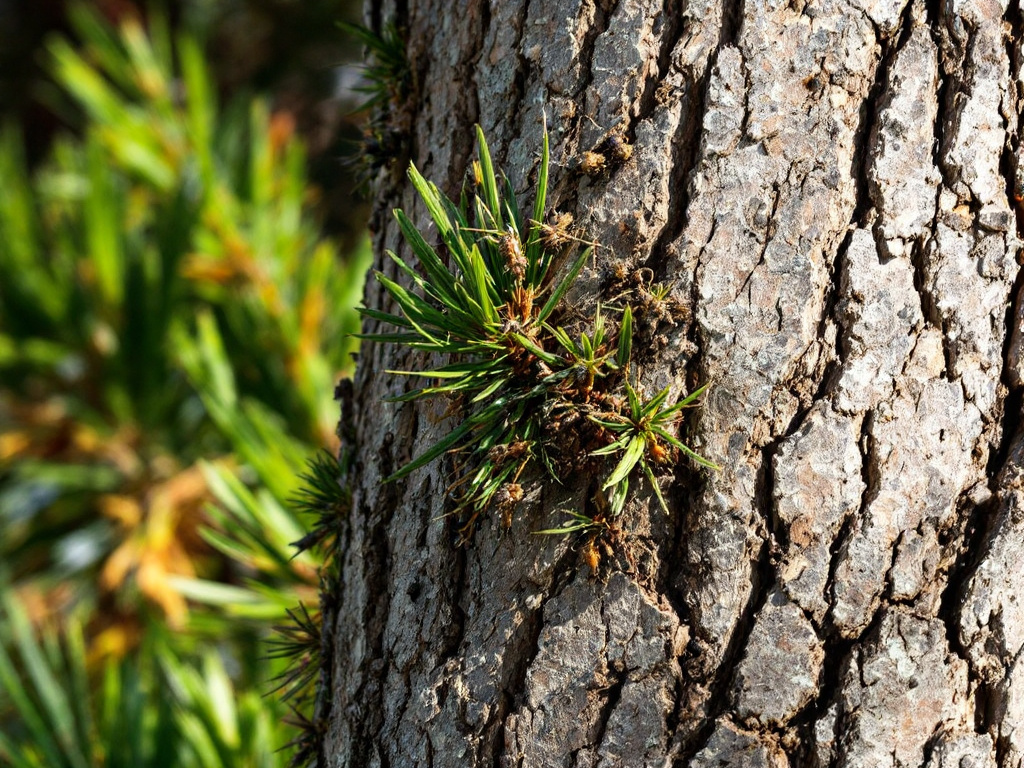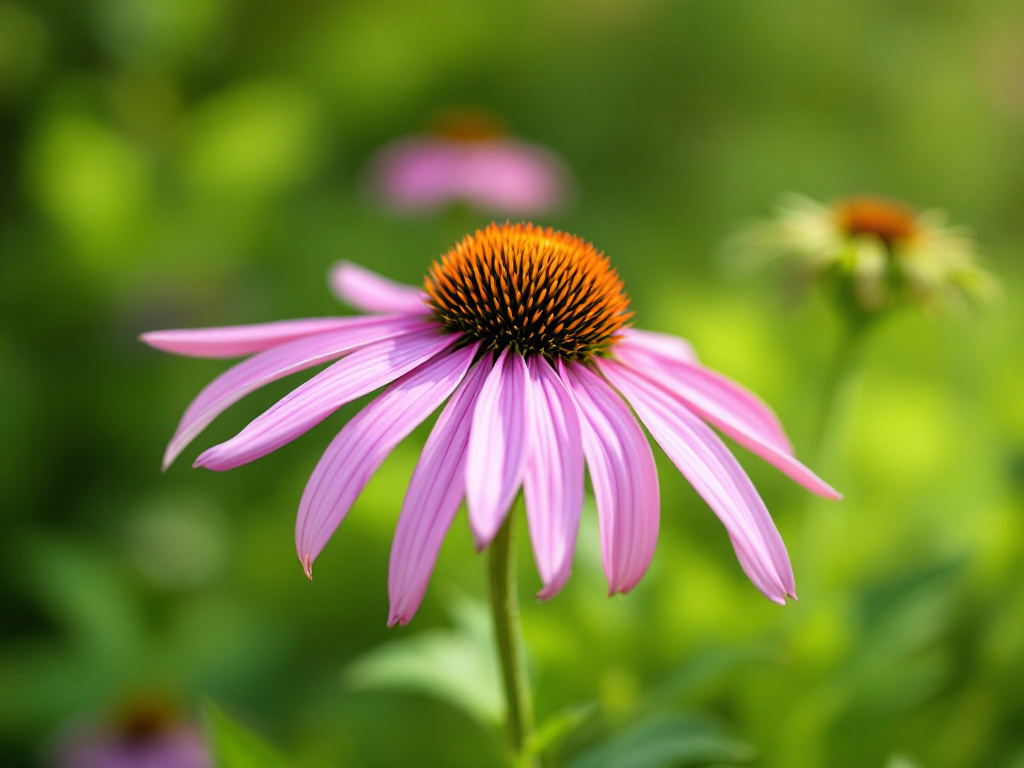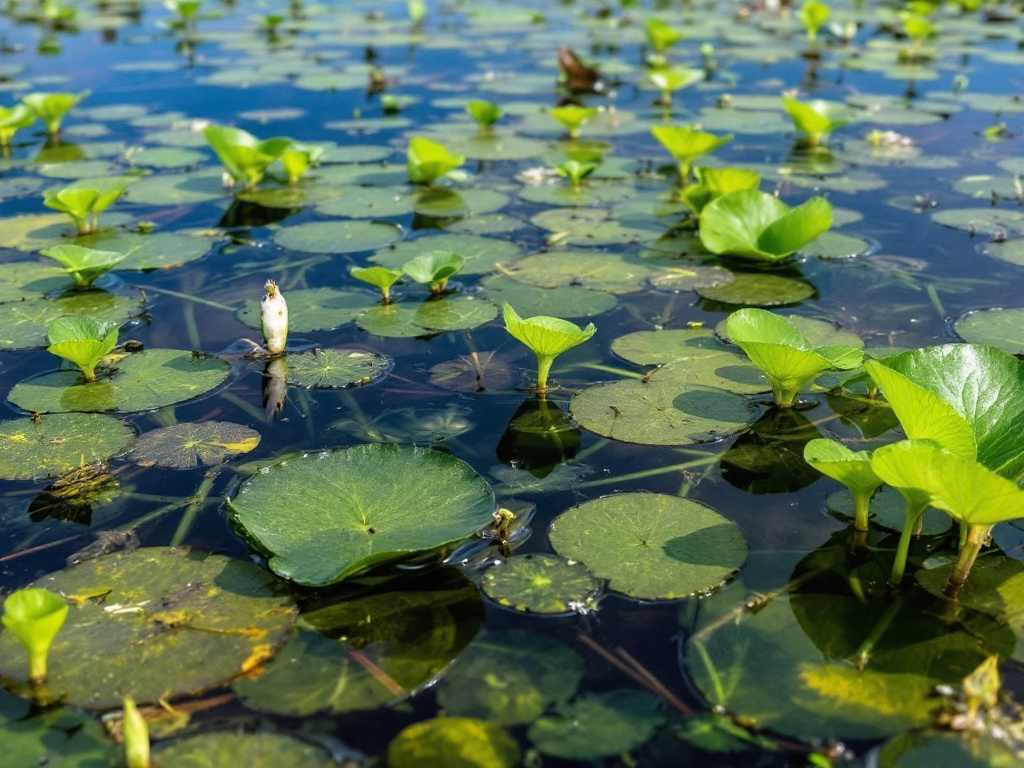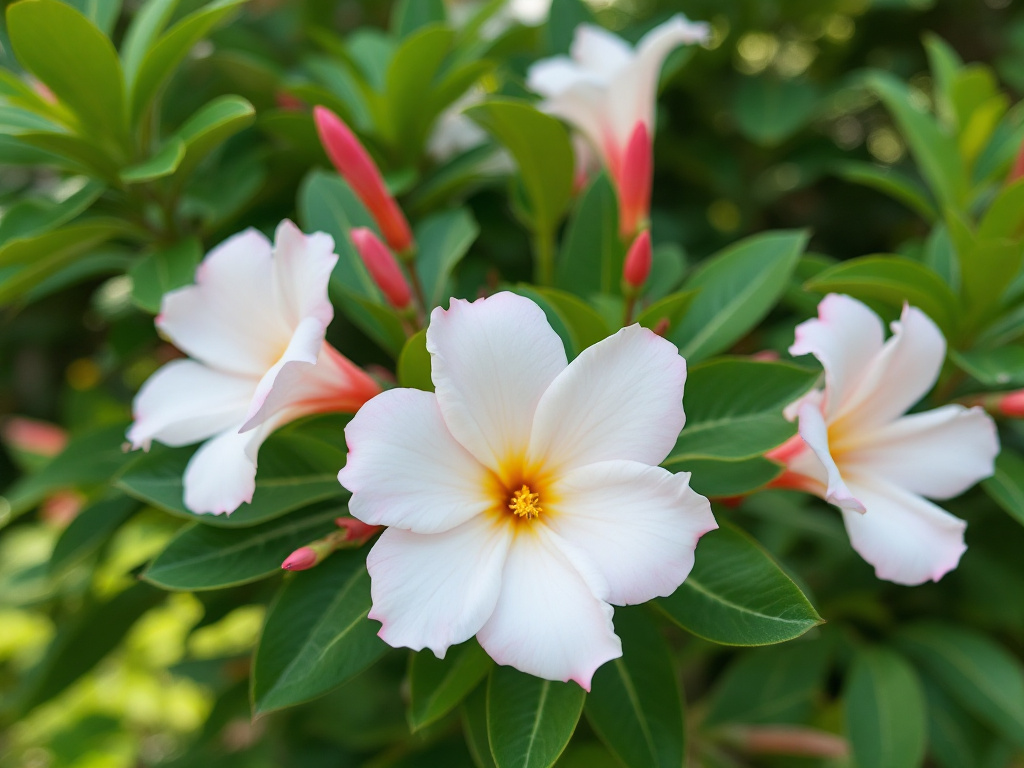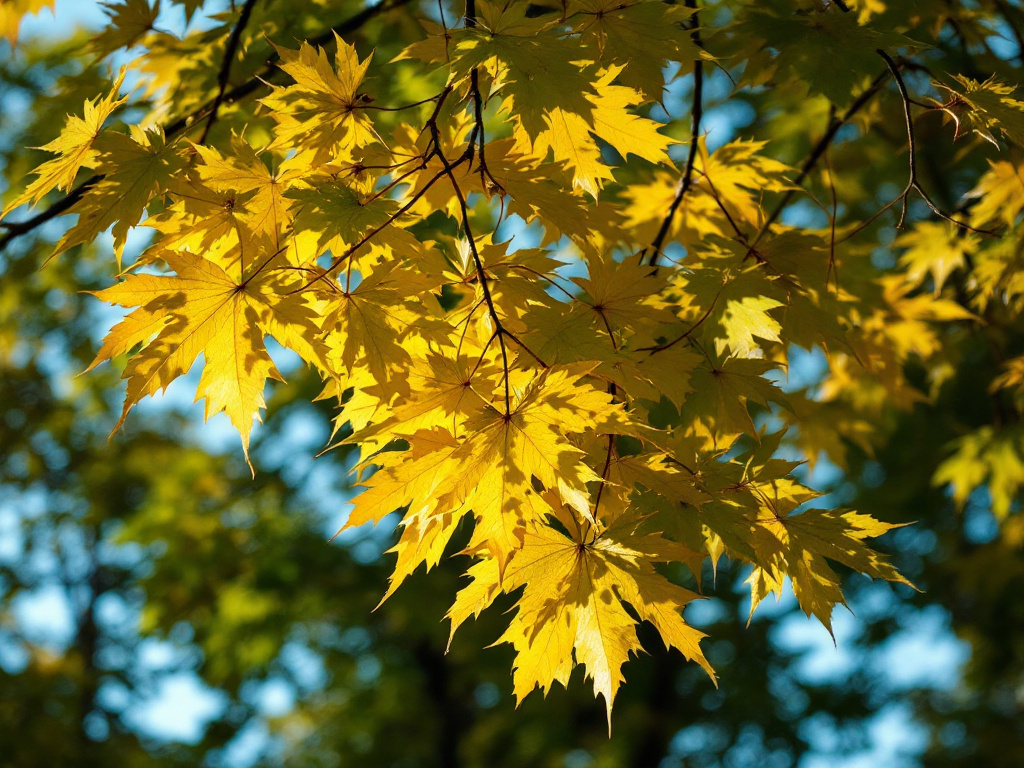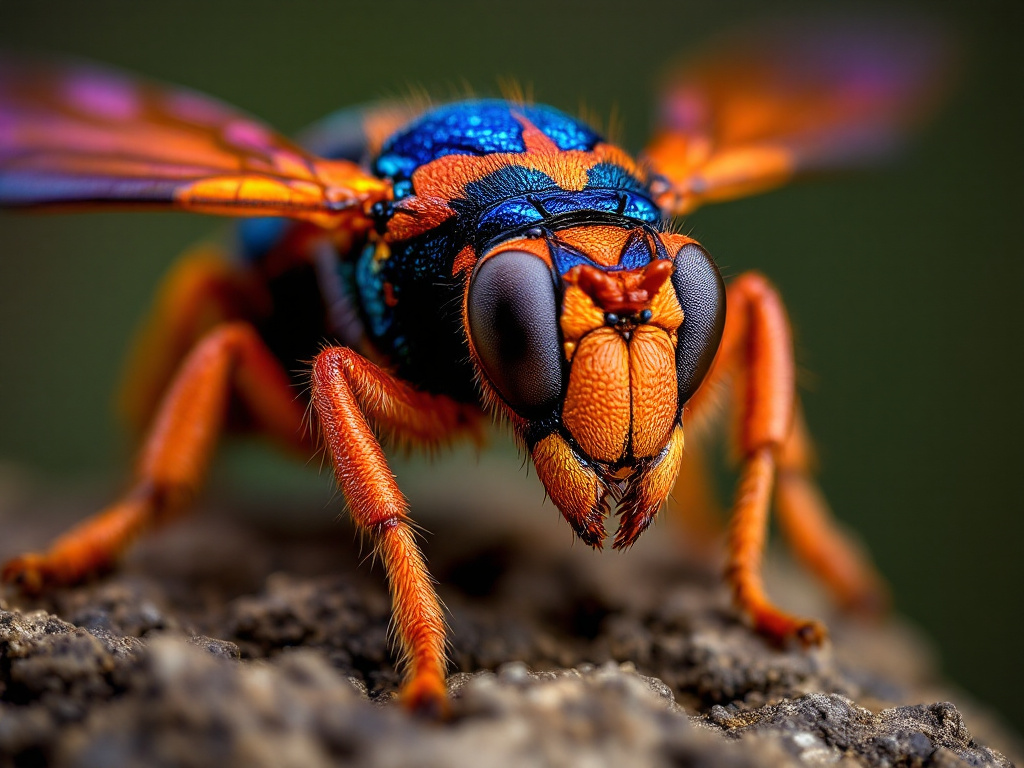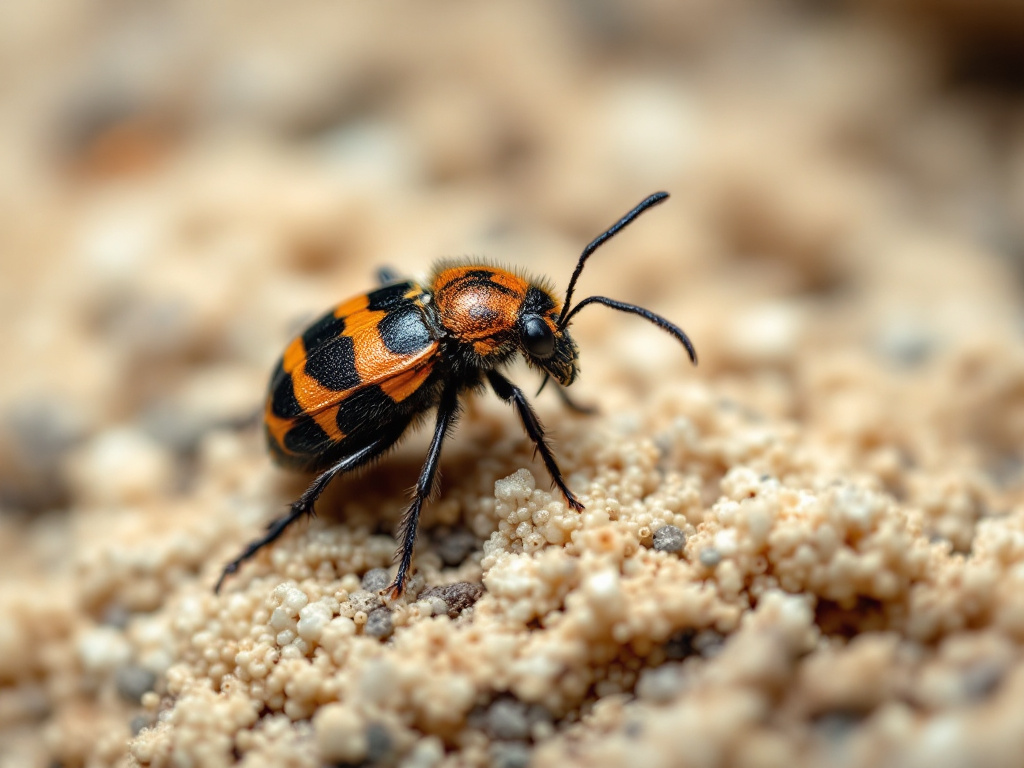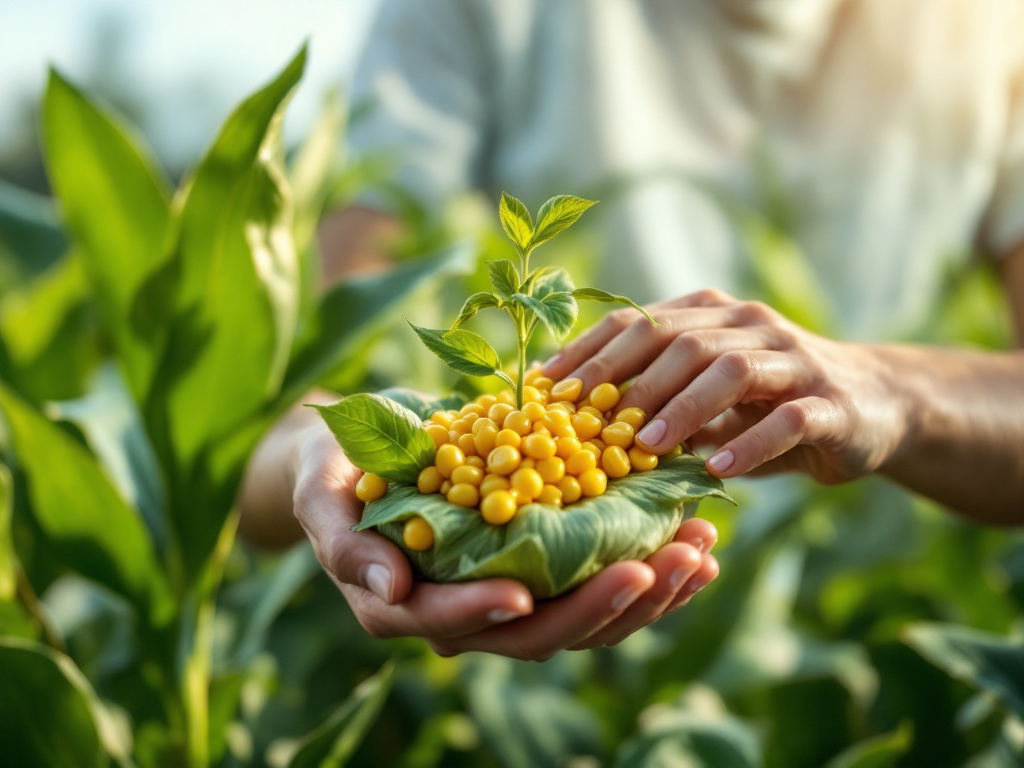Image generated by flux-ai.io & content generated by ChatGPT Version 4o-mini
Exploring the Hidden Costs and Benefits of Nassau County’s Urban Forests
Nassau County, nestled in the heart of Florida, is known for its beautiful landscapes and thriving communities. As our population grows, so does the importance of our urban forests—those trees and green spaces that not only beautify our neighborhoods but also play a crucial role in our environment. A recent scholarly article by researchers Francisco Escobedo and Jennifer Seitz dives into the costs and benefits of managing these urban forests, shedding light on what this means for locals.
The Benefits of Urban Forests
Urban forests provide a range of benefits, often referred to as “ecosystem services.” These include improving air quality, providing shade, and enhancing property values. For families in Nassau County, well-maintained trees can help cool homes during the hot summer months, reducing energy costs. Additionally, trees capture rainwater, helping to manage stormwater runoff—a significant concern in Florida, especially during hurricane season. Their leaf canopies help reduce erosion caused by falling rain, and roots take up water, promoting infiltration into the soil.
Moreover, studies show that communities with lush greenery tend to have lower rates of stress and better overall mental health. Imagine walking through a shaded park on a hot day or enjoying the vibrant colors of trees in your neighborhood—these simple pleasures contribute to a higher quality of life. By selecting plants with seeds, fruit, foliage, and flowers, we can also create habitats that attract beneficial wildlife, further enhancing our local ecosystems.
Understanding the Costs
While the benefits are clear, managing urban forests comes with its own set of costs, referred to as “ecosystem disservices.” These include expenses related to tree maintenance, such as pruning and removal, as well as potential damage to infrastructure. For instance, if a tree’s roots disrupt sidewalks or power lines, it can lead to costly repairs.
In Nassau County, as in other areas of Florida, the financial implications of tree care can be significant. For example, the city of Gainesville spends about $10.57 per public tree annually on maintenance. This includes everything from pruning to pest control, which can add up quickly, especially in a growing community like ours. It is crucial to consider the maintenance needs when planning for urban forests, opting for low-maintenance, drought-resistant trees where possible, particularly as we face changing climate conditions.
Local Implications for Nassau County
As Nassau County continues to develop, understanding the balance between the benefits and costs of our urban forests is essential. With over 100,000 housing units in the area, many residents may not realize how much their trees contribute to local property values and environmental health. However, poorly managed trees can lead to more problems than they solve, from allergies caused by pollen to the risk of falling branches during storms.
So, what can we do as a community? Experts suggest that proper planning and management can help minimize costs while maximizing benefits. Maintaining existing trees is often more cost-effective than planting new ones, and creating wildlife-friendly landscapes can increase biodiversity, which is vital for ecosystem health.
Moving Forward Together
As residents of Nassau County, it’s crucial to engage in conversations about our urban forests. Local organizations and the County Extension Office focus on environmental education, and getting involved can help shape how we manage our trees. Community input is vital in making decisions that enhance our green spaces while considering the financial implications.
In conclusion, the recent findings on urban forest management highlight the importance of understanding both the costs and benefits associated with our trees. By working together as a community to maintain and enhance our urban forests, we can ensure that Nassau County remains a beautiful and healthy place to live for generations to come. Embracing this balance will not only improve our quality of life but also protect the environment we cherish.
References
FOR217/FR279: The Costs of Managing an Urban Forest. (n.d.). Ask IFAS – Powered by EDIS. https://edis.ifas.ufl.edu/publication/FR279


